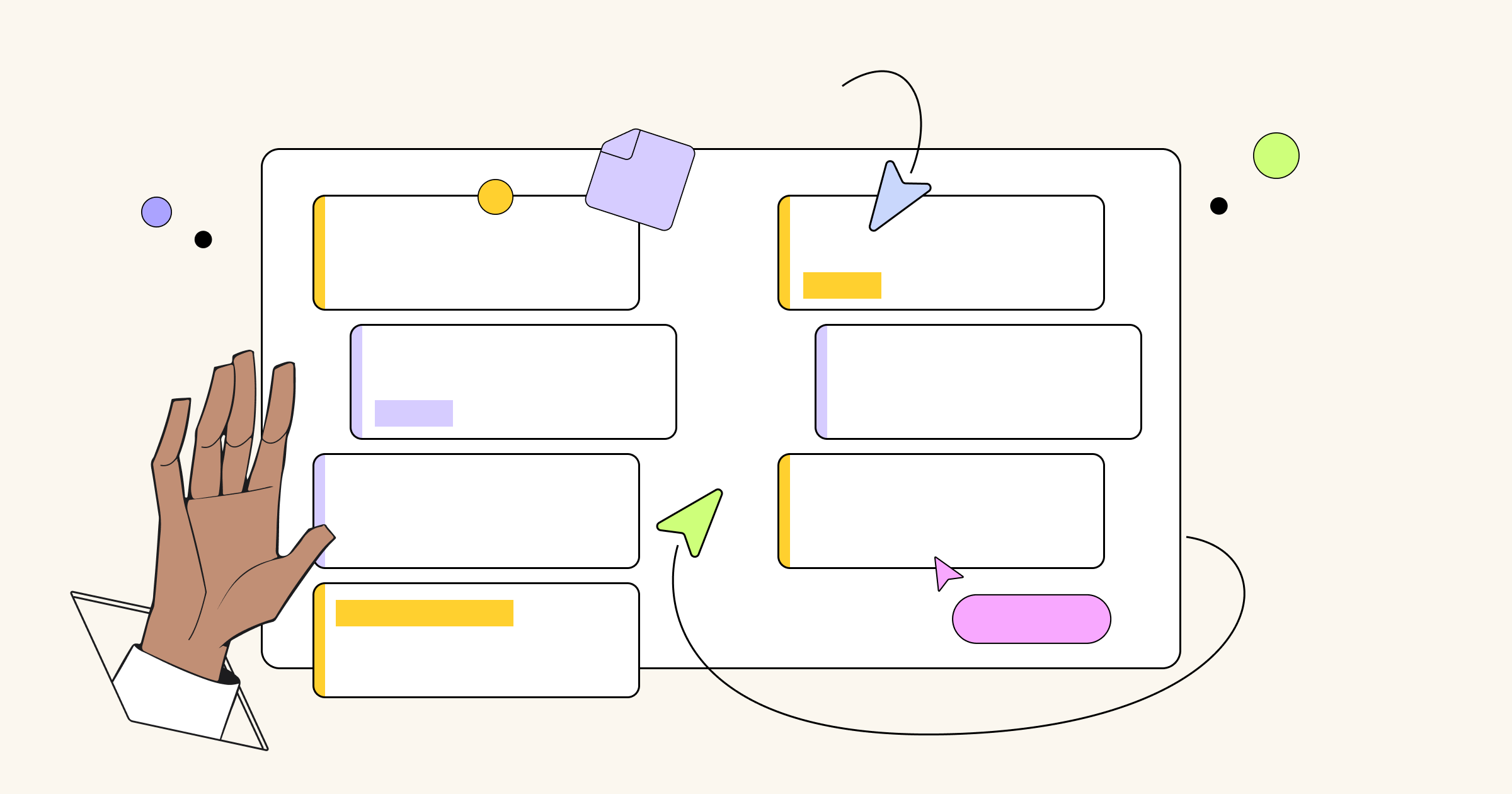Innovation is the lifeblood of any forward-thinking organization, and to achieve innovation, you need well-structured, collaborative teams. Michel Hauzeur — a Bogotá, Colombia-based Miro user and leader in product development and design — has mastered the art of fostering innovation through strategic team-building.
Hauzeur is the Product Design & Innovation Leader at a tech service company called Nearsure, an independent consultant, and speaker. His passion for sharing knowledge is evident in the Miro community. Throughout his career, he’s relied on Miro for building out multiple designs and even touts the platform in his live talks.
We sat down with Hauzeur to get his take on how leaders can build innovative teams. Below, we’ll dive into four of his trusted strategies.
Be people-first
Right off the bat, Hauzeur acknowledges a common issue in product development: Leaders get so caught up in the creation of the product that they forget about the individuals building it.
To keep teams motivated and excelling, he says leaders should create a clear process that not only meets the needs of the business but the individual needs of each team member, too. That means creating a circle of trust, being as transparent as possible, and keeping lines of communication open.
“We often talk about the lifetime value of customers,” Hauzeur says. “You need to take that same metric into account with your team. How can you increase their lifetime value by helping them continue to learn and grow?”
To accomplish this, Hauzeur crafts personalized training programs for his team members, tailored to bridge their specific knowledge gaps, while strategically aligning with their career trajectories in terms of individual growth, product expertise, and leadership development. This approach ensures product managers and designers understand both the execution of and the theory behind their products and projects.
Focus on mentorship
In Hauzeur’s view, leaders aren’t the only ones who have a responsibility to drive the success of their teams. That’s why he requires more senior members at his organization to mentor junior colleagues. This serves two functions: It gives product managers and designers with leadership ambition an introduction to management, and it provides less experienced team members with personalized guidance and expertise that can enhance their skill sets and propel their careers.
“Ultimately, mentorship helps everyone grow because it creates a two-way street of knowledge-sharing and communication,” he says.
Assign specialties
Hauzeur also assigns specialties to each member of his 40-person team as part of what he calls the Center of Excellence. This gives everyone on his team a reason to keep innovation top-of-mind beyond their day-to-day responsibilities.
The focus areas of the Center of Excellence (CoE) are:
- Innovation and research – Dedicated to researching and analyzing market trends and emerging technologies, and developing new concepts while building industry reports and defining best practices
- Communications team – Responsible for managing internal and external communication, disseminating achievements and news, and ensuring consistency in the CoE’s messaging
- Training and development – Focuses on identifying learning needs, coordinating with the entire studio to define workshops, selecting trainers, and ensuring that all commitments are fulfilled
- Strategic alliances – Focuses on expanding the network and impact of the CoE by establishing and maintaining productive relationships with partners, industry leads, and academia
- Sales proposal team – Concentrates on creating new approaches for proposals with a deep understanding of the entire pre-sales process
- Free model and experiments – Responsible for generating new assessments, free models, and experiments to generate leads and acquire new clients
As a thread between each team, Hauzeur also assigns a product operations leader. This keeps everyone communicating and connected as they work toward innovation together.
Treat leadership like product development
Hauzeur says that in the same way organizations focus on continuous delivery and improvement, being a good leader is an ever-evolving process, requiring an ongoing commitment to supporting your teams throughout their careers.
As a baseline, leaders should understand their core business, industries their companies serve, decision-makers, and end users. On top of that, they should have a dream structure for their team in mind and adjust until it reaches the right fit.
“In the end, the only way to keep growing is to keep discovering, testing, experimenting, and learning,” says Hauzeur. “This is how I differentiate myself and my teams and how you can win the innovation race.”
Why this matters
Hauzeur’s insights provide a comprehensive blueprint for leaders aiming to foster a culture of innovation within their organizations. When leaders focus efforts on their team’s growth — prioritizing people, creating structured support systems, and encouraging continuous learning and experimentation — the final result will be business growth. Both are linked and will increase or decrease together.
To learn more about Michel Hauzeur, follow him on LinkedIn or check out his templates in the Miroverse today!






